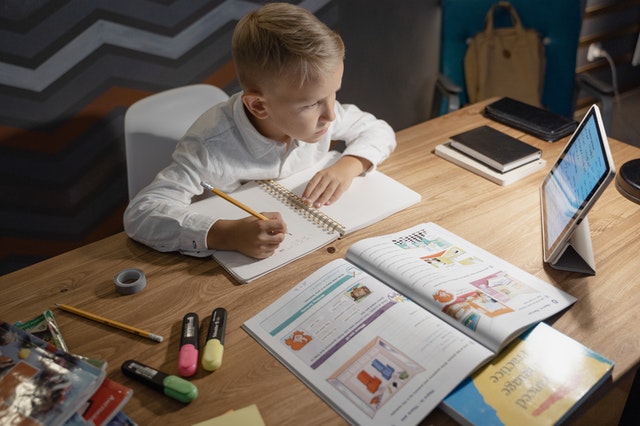Technology is a great tool for enhancing education. It can motivate students to learn more, and it helps parents stay connected and involved with their child’s education. Involved parents are more likely to encourage their children to learn. Students, too, benefit from the use of technology. Here are some ways in which technology has improved education. Listed below are some ways that technology can enhance learning and the educational process. Here are a few examples of how technology can benefit education.
Impact on students
Researchers have shown that the impact of technology on students in education is not as clear-cut as many would assume. The study found that students who use laptops in the classroom score five points lower on math tests than their peers who do not use the devices. But the impact varies according to the subject area. Students using laptops in the classroom perform significantly better on science tests than their peers. Tablets have also shown an impact on students’ results.
Technology has improved communication between people and among students. With the use of internet and video, it is easier for students to communicate and collaborate with each other. Educators can use software and communication apps to improve lecture material, which can increase student participation. Online courses can even be interactive, allowing students to communicate with each other. The impact of technology on students in education cannot be understated. Its effects on learning are widely felt.
Impact on teachers
The effects of educational technology on teachers are well documented. The use of interactive whiteboards, Microsoft teams, and OneNote are common, yet teachers are not always confident in using them. Teachers who reported difficulties using the technology indicated that it may be related to their personal learning disabilities or lack of confidence. A further problem with using technology in the classroom is that teachers don’t always know how to use it effectively. This lack of confidence and knowledge about technology in the classroom has been linked to teacher burnout and poor performance.
Researchers have also studied the impacts of educational technology on the working conditions of teachers. One study by Joo and Li examined the attitudes of teachers towards educational technology. They found that teachers who had a positive attitude toward educational technology experienced lower levels of technostress. Another study by Wang and Li found that teachers who adopted technology-based teaching practices were less likely to experience burnout and lower levels of technology-related stress. The authors concluded that teachers who were technology-friendly and positively affected by technological innovations in the classroom were more satisfied with their jobs.
Impact on parents
While the use of technology in the home has been around for some time, the use of technology to engage parents is relatively new. In England, a nationwide lockdown was announced in March 2020, and many schools moved to online teaching. The use of digital technology to engage parents is becoming increasingly popular, and existing research suggests that it can help improve parental engagement in education. Here are some ways it can be used in education. Listed below are some of its benefits.
More than half of parents with children under 11 say they spend too little time with their children. This number increases to 38% for mothers. More than half of parents with children under five rely on teachers and other sources for advice about screen time. Some parents use the internet to gain information about technology, and 19% turn to social media or parenting websites to get information. Some parents are even relying on online message boards. For example, one study found that nearly a third of parents of children under 5 use Facebook to communicate with their children.
Impact on the environment
In 2016, a major landmark in the fight against climate change was signed in Paris, France, which mandated that most countries combat the issue by limiting global average temperature increases to two degrees Celsius. Technology has been a key driver of this agreement, and this section will focus on how it can positively affect the environment. Examples of environmental technology include renewable energy, electric vehicles, and carbon dioxide removal. The following points outline some of the benefits of environmental technology for education.
The negative impact of technology on the environment is resource depletion, which occurs when we use a resource faster than it can be replenished. Natural resources are resources that have existed before the arrival of human civilization and are renewable or non-renewable. In some areas, resource depletion is severe, and some resources are depleted through mining, agriculture, and water use. As these issues rise, our global population is also growing.

